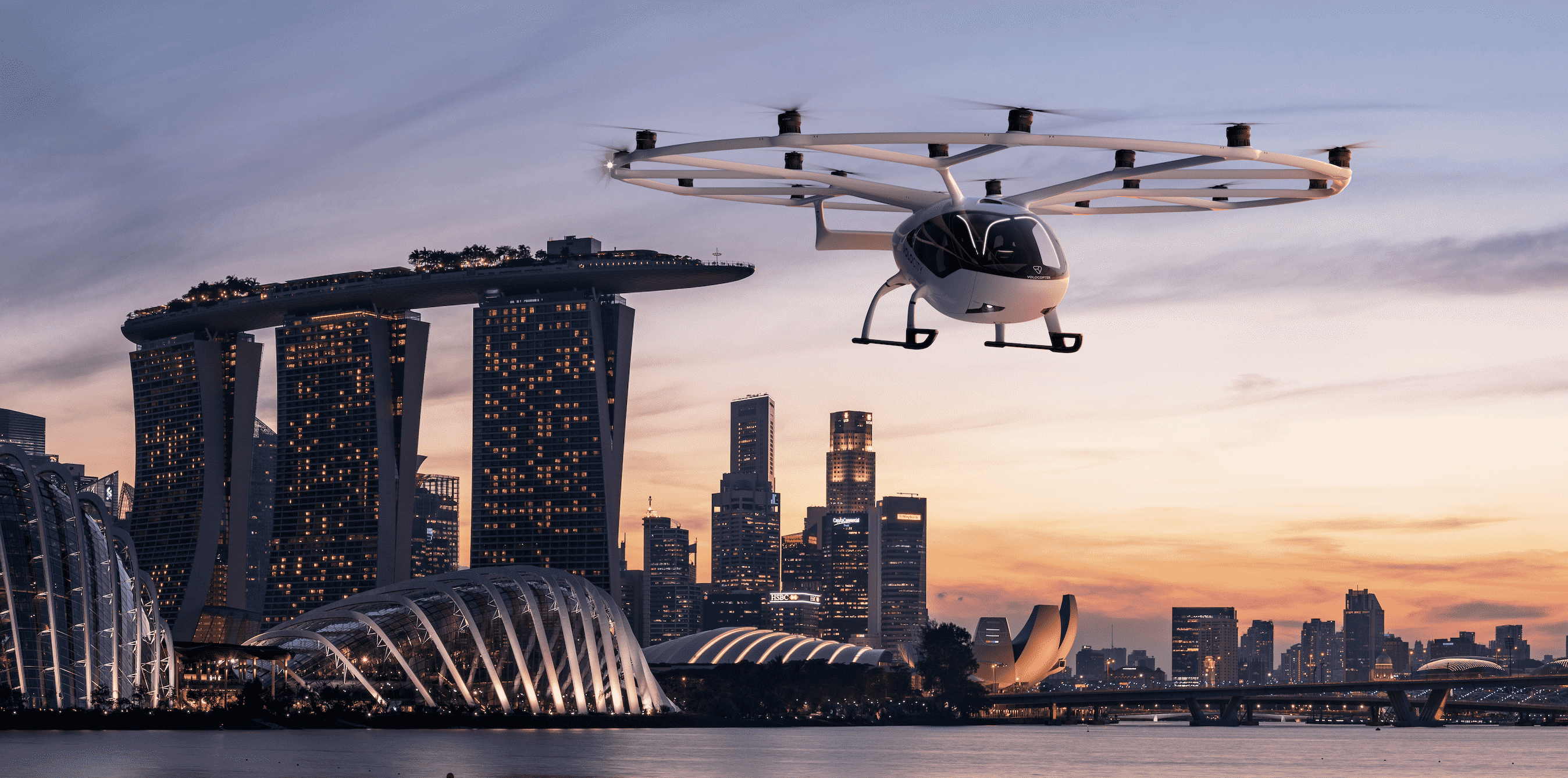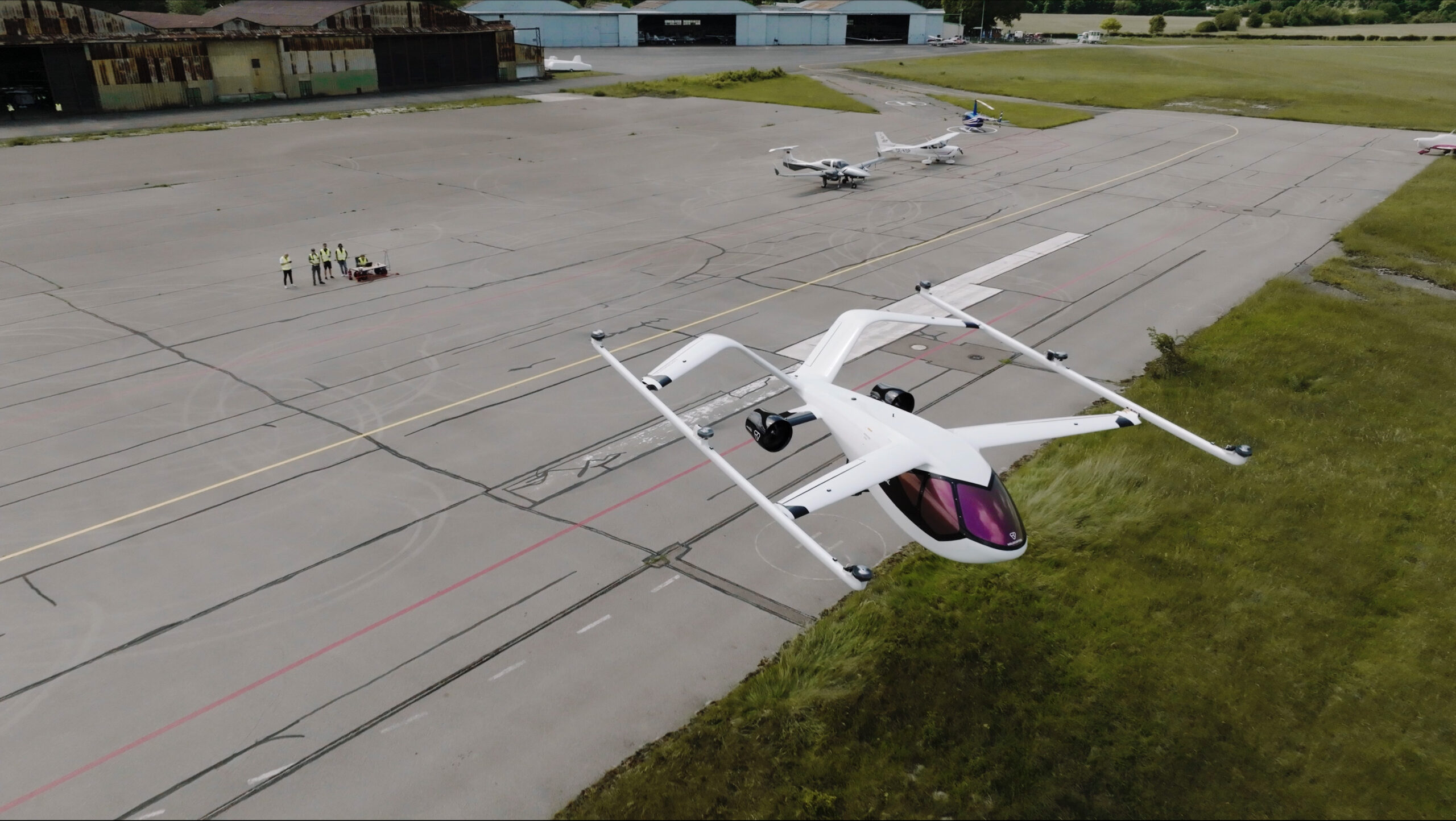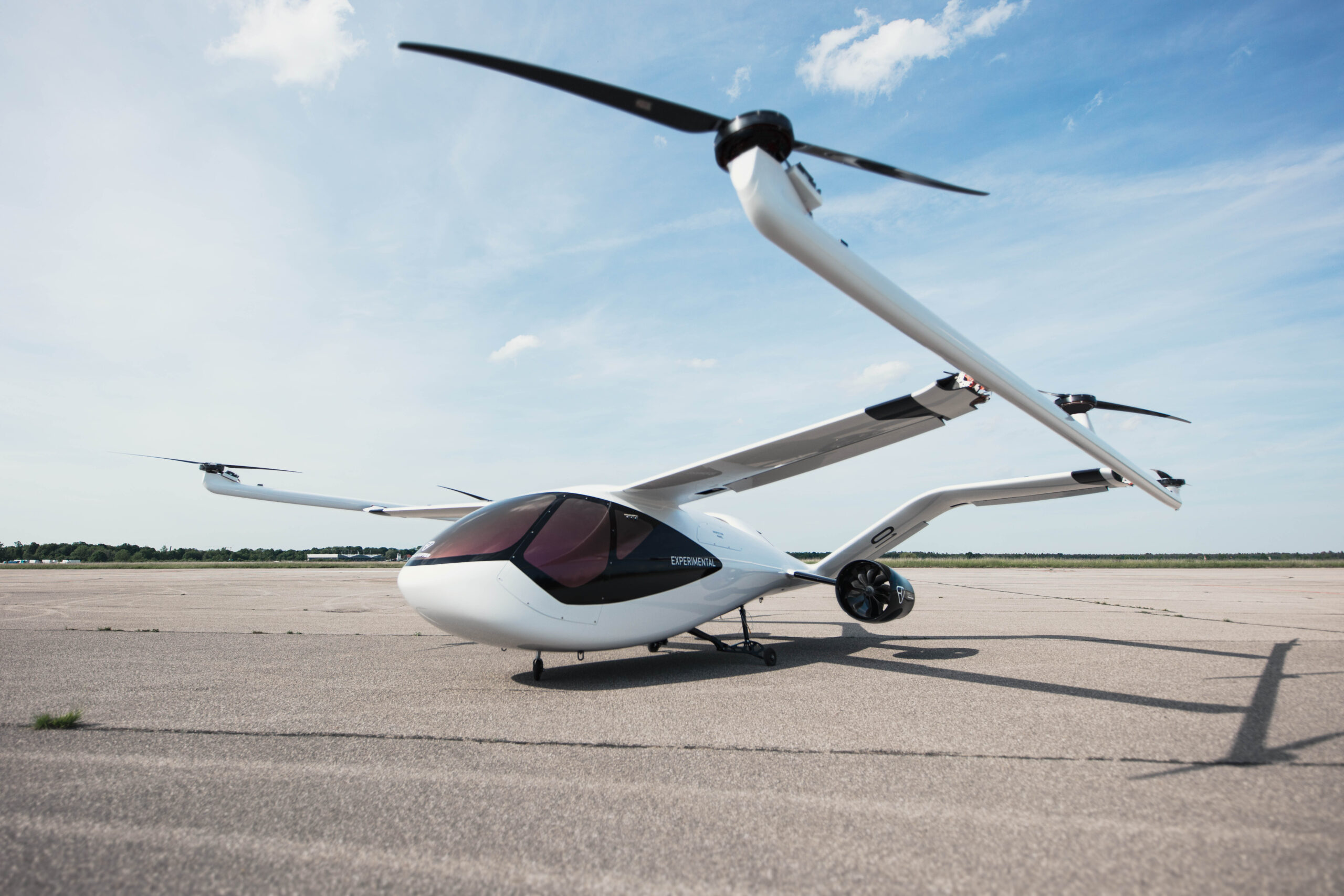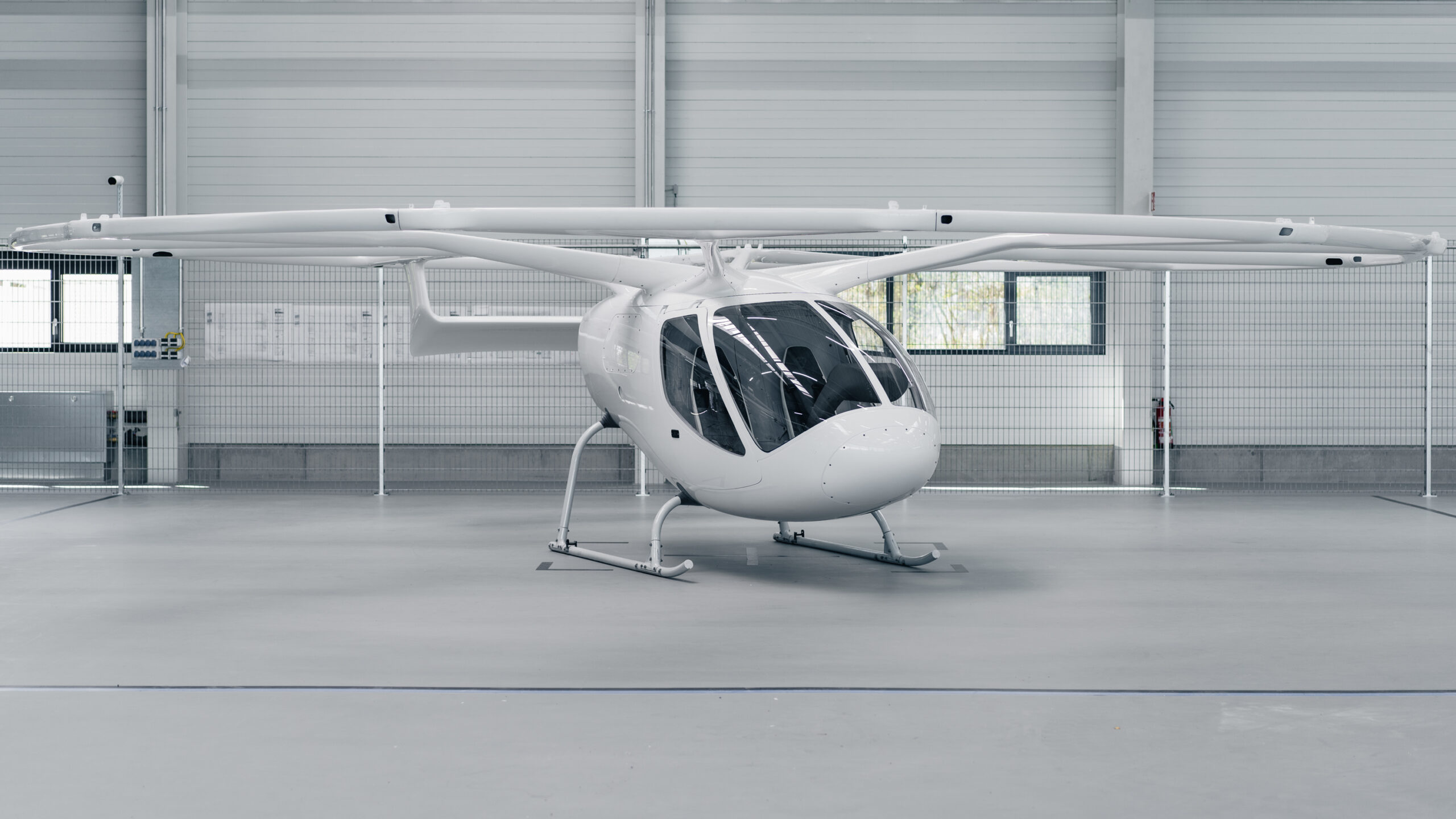The idea for a “flying taxi” started way back in 2011 when a company named Volocopter was the first to build and fly an initial prototype of this brand-new battery powered aircraft.

Since setting up its APAC headquarters in Singapore in 2019, the aviation company has completed thousands of test flights to demonstrate its ability to run commercial air taxis above not only the Singapore Republic, but around the globe as well. The company had promised a working service for Singapore in 2022, but as everyone will recall, a pesky virus called Covid put a damper on just about every business and social activity. Sadly, the Volocopter plan was no exception. There really is no point having taxis flying in the blue yonder if the population is, for all intents and purposes, grounded under quarantine. The new plan is to offer Volocopter services in Singapore next year in 2024.
Still, after waiting for two years, does the little red dot still need a fleet of electric air taxis traversing boldly through its skies? Unlike its neighboring cities, Kuala Lumpur, Bangkok, and Jakarta, Singapore doesn’t have crippling congestion where hours are wasted in bumper-to-bumper traffic. Sure, there are traffic jams on Singapore’s tropical asphalt, but the island is so small these delays usually are measured in minutes rather than hours. And then when you consider the cost of owning and travelling by car in Singapore, traffic is perhaps the last thing you worry about. Between high petrol prices, taxes, and fees, Singapore has the highest cost of car ownership on the planet.
(Related: A Tale of Two Green Vehicles)
So, do we really need a flying taxi service when it finally does start next year? The answer seems to be a resounding affirmative. Most industry watchers expect that Urban Air Mobility (UAM) to become a reality in Asia and in most developed countries within the next three to five years.
New electric propulsion technologies, upgraded battery capacity, navigation and computer systems, and landing systems will make the UAM ideal for future transport schemes. What’s more, UAMs are whisper quiet and emissions-free. When a battery gets low, just plug a new one and you’re off. UAM development will also support Singapore’s Green Plan to hit net-zero targets while promoting a car-restricted city.

According to Hon Lung Chu, Volocopter’s Head of APAC, having an air taxi service in Singapore will generate benefits that go well beyond the novelty of having a new mode of air transport. It will create jobs and offer commuters and tourists a better, more convenient way to get from point A to point B. Many believe that UAM will act as an economic growth engine in a post-pandemic world and dramatically promote the island’s image as an innovative “Green” powerhouse on the global stage.
In fact, findings by Volocopter have suggested that by 2030, UAM services might generate an estimated SGD 4.18 billion in total economic benefits and create up to 1,300 local jobs as people have to maintain the air taxis, provide infrastructure/support, and look after landing and takeoff sites. After much dialogue with Singapore government agencies and partners, it was announced that Volocopter’s first route will be a 15-minute flight across Marina Bay. This service is aimed at tourists looking for a one-of-a-kind experience to admire Singapore’s celebrated skyline.

A spokesperson for Volocopter also said the company expects to grow its fleet of Electric Vertical Take-off and Landing aircraft (eVTOL) to increase into more areas in Singapore. Proposed hop on/off points include Seletar, Sentosa, cross-border flights into Batam across the Straits, and across the causeway to Johor Bahru. Volocopter points out that such cross-country flights will be real time savers. Today, getting to the Indonesia islands across from Singapore means taking a ferry while getting to Malaysia is accomplished using one of two bridges that often have notable congestion.
Plans include building what the aviation company calls “VoloPorts” like the one in Seletar, Sentosa, and Changi. A country like Singapore doesn’t have a lot of land to build more transport infrastructure, making Volocopters ideal. VoloPorts are frugal on space and are easy to set up and take up no more than two tennis courts of space. The actual take-off and landing platforms can be adapted for use on the ground and even on the sea.
If the Volocopter does manage to get its helicopter style vehicles airborne, it will serve as a stunning, new attraction for Singapore as well. It will also be the only city in the region offering an eVTOL air taxi service, which will be a feather in Singapore’s cap if it all comes to fruition.
Hon Lung Chu also believes that Volocopter’s air taxi service will thrive, as it is a reliable mode of transportation that reduces travel time for a fast-paced society like Singapore.
In the beginning, the company said that its airborne taxis will have a pilot to get the craft from destination to destination. However, the goal is to have pilotless aircraft as it will not only save money, but will free up an additional seat to the craft. Not having a pilot is feasible and doable even with today’s current technology, but government regulations will have to be written to reflect the new advances in passenger aircraft, including air taxis. Judging by how efficient the Singapore government is, this may just take a few short years.

So will we see flying taxis crossing Singapore’s skies in 2024? Likely the answer will be yes. However, as with any bold endeavor, a lot can gum up the works and cause delays or setbacks. One thing is for sure: Volocopter has stuck with this idea for more than a decade and has a tenacious resolve to make sure people start taking to the sky to hail their next cab.














 Back
Back
